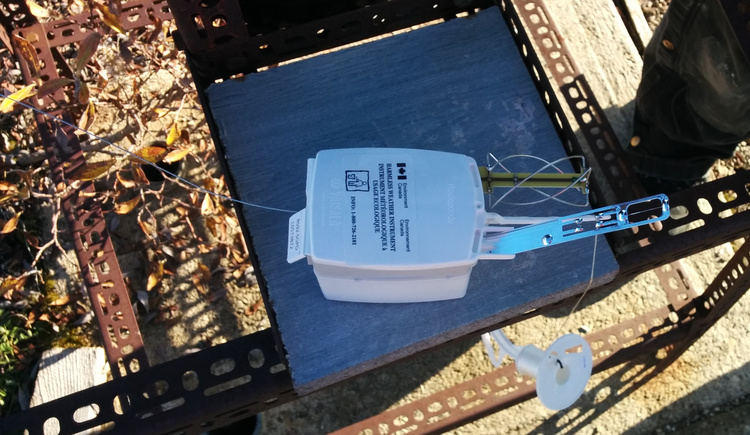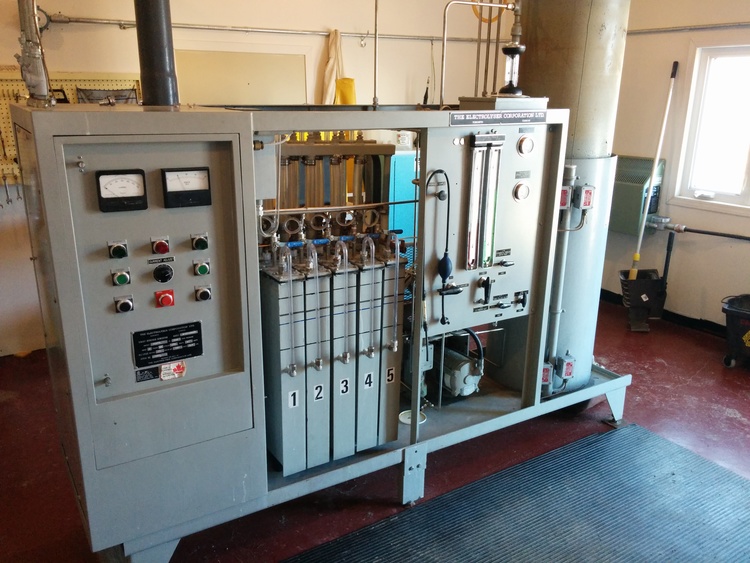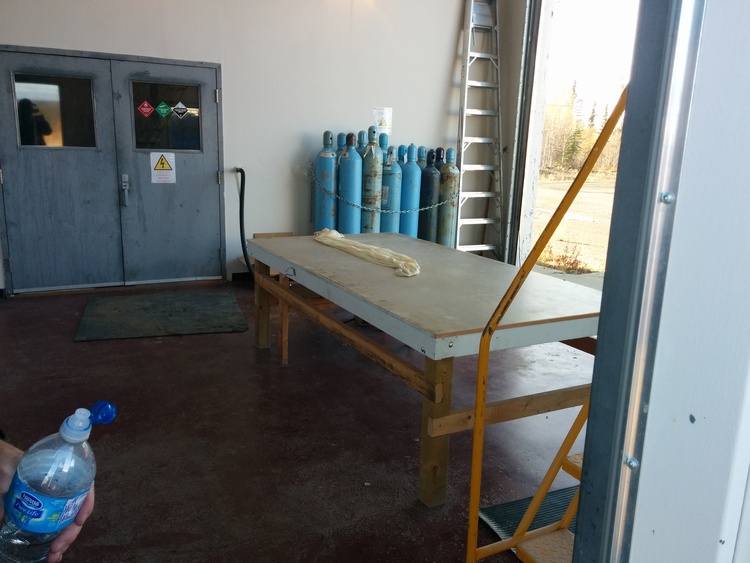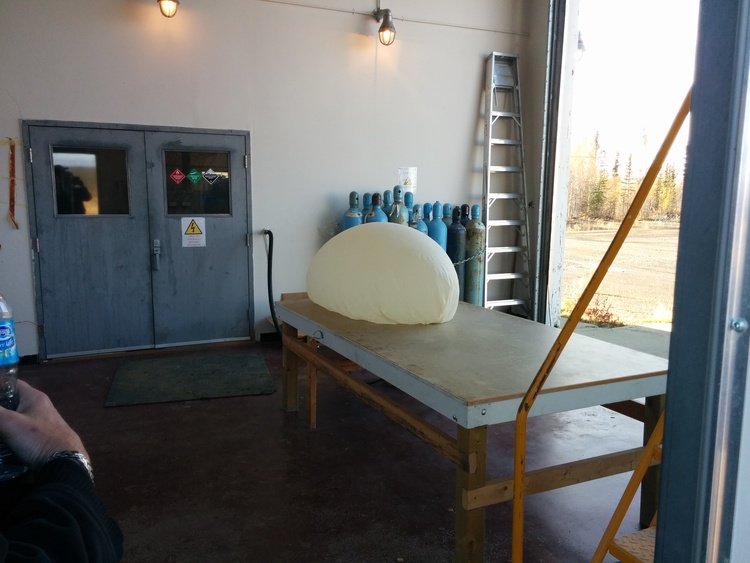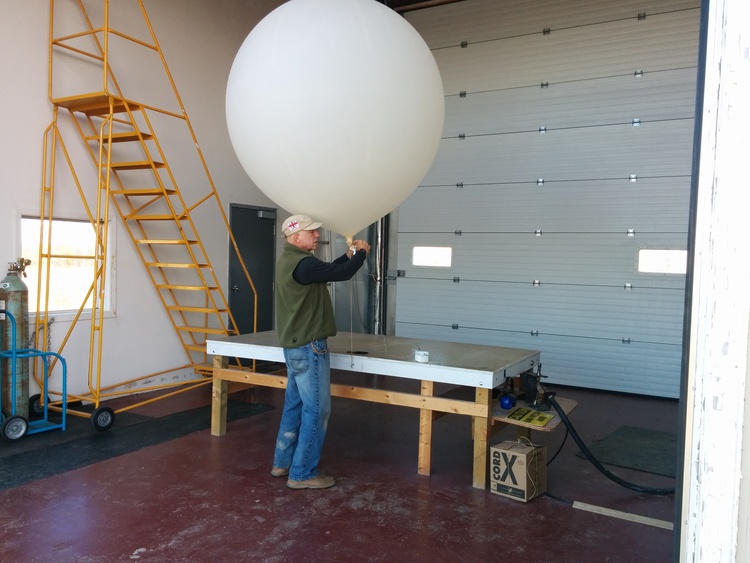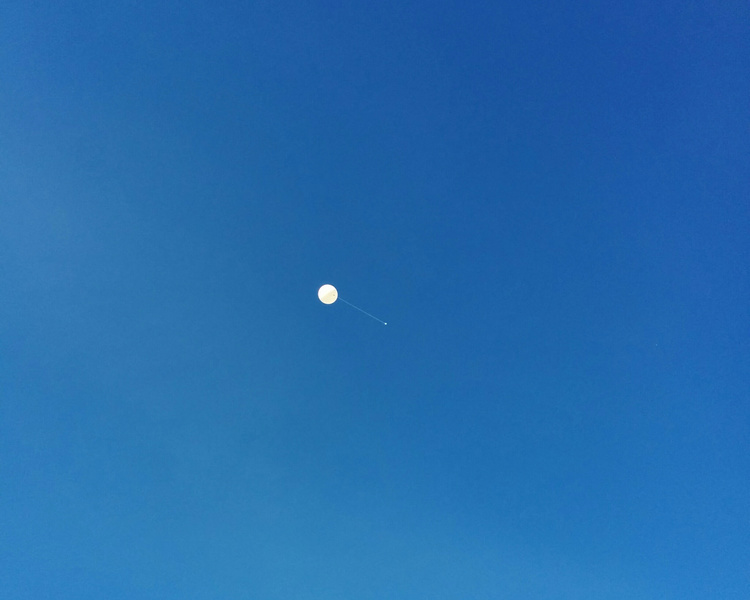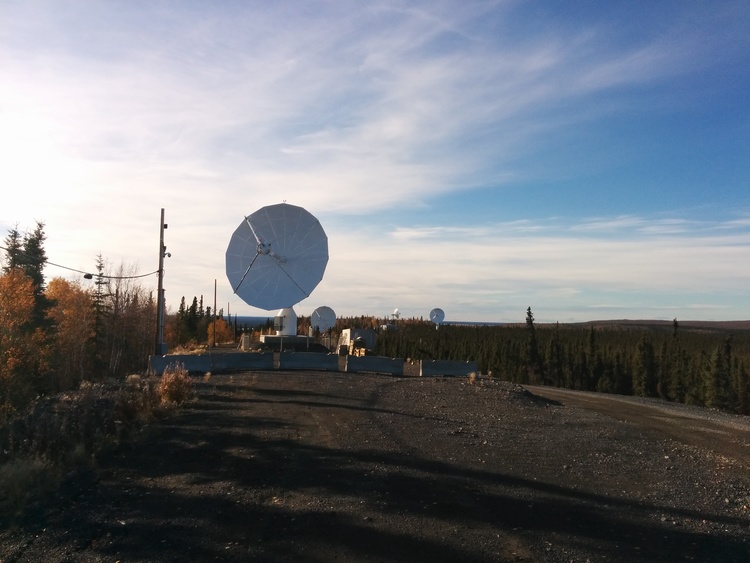In September 2016 I visited the Environment Canada Weather Station in Inuvik, NWT. I arrived just as they were preparing for the 2300z weather balloon launch, and they let me hang around and take some pictures.
Every twelve hours around the globe, approximatley 800 radiosondes are launched. These weather balloons record temperature, pressure, humidity, and location from the surface all the way up to 100k feet, or higher. These measurement are fed into weather models for long-term weather forecasting. These launches happen worldwide at 1100 and 2300 UTC, which gives the balloon enough time to be up at altitude around noon and midnight UTC.
This is the Vaisala RS92-SGPD radiosonde, which measures location, pressure, temperature, and humidity as the balloon ascends. The helix antenna in the upper right is for GPS, and the silver strip below that has two temp sensors and a humidity sensor. The 402.7 MHz wire antenna is on the bottom of the unit, on the left side. The 200 ft of string on the spool attaches to the balloon.
The balloon is filled with locally-generated hydrogen gas, electrolyzed with this machine. DC current passes through tanks 1 thru 5, splitting DI water and generating the gas. The hydrogen is stored in the tank on the right, then compressed and stored in another tank. The oxygen is just released into the room. This particular machine is from the 1970s and has a small leak, so the technician was there to try and fix it. On the plus side, no Windows updates ever needed!
Here is the 800-gram balloon on the table, ready for filling. The helium tanks in the back are used as backup in case the electrolysis machine breaks down.
Getting bigger. The target accent rate for the fully inflated balloon is 300 meters/minute, or about 1000 ft/min. This is the same ascent rate as regular amateur balloons aim for.
Tying the radiosonde to the balloon. The radiosonde is the small white box on the table. Here the balloon diameter is about 6 ft, and up at altitude of 100k feet this balloon will expand to 30 or 40 feet in diameter. There is no parachute, as these are disposable.
Liftoff! This was the first blue sky for the past week in Inuvik. This particular balloon transmitted data up to 35,052 meters, which is an exact 115,000 ft. A very suspicious number, it probably went higher than that, but I suspect the telemetry systems filter out data exceeding this number.
This is a old Viz Sangamo Canada radiosonde from the mid 1980s that they used to launch here. The pressure sensor is the thin cylindrical object on the left side, and as the balloon ascends it expands and pushes the copper bar to the right along the black resistive strip. The thru-hole parts measure the sensors and send the data to the transmitter. They also had an old Vaisala RS80 radiosonde in the office.
Next door is the Inuvik Satellite Station Facility, with four L3 13-meter dishes for DLR, NRCan, SSC, and CNES.
Thanks to Ronald and Ben for showing me the launch.
